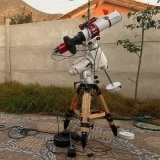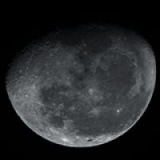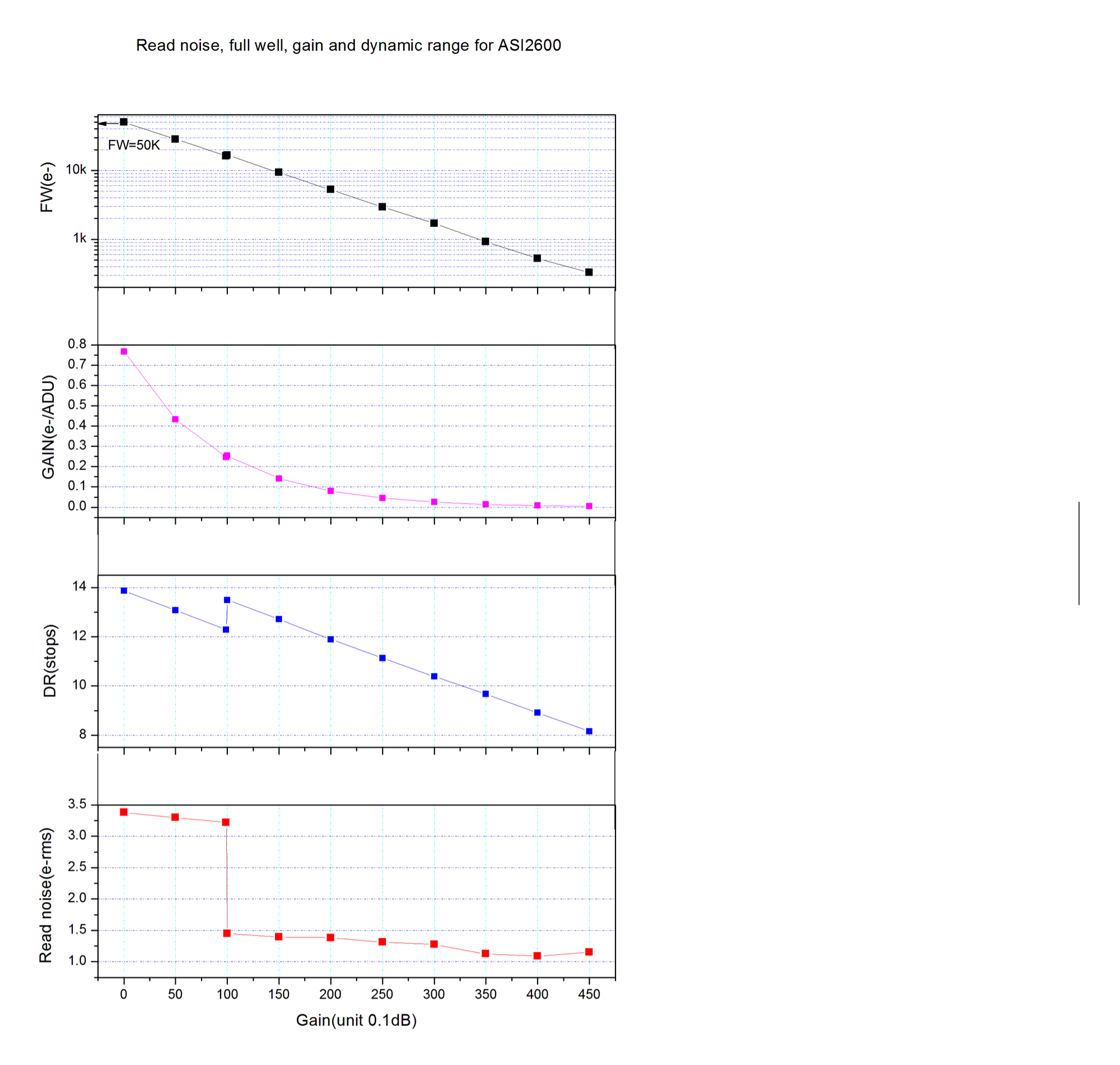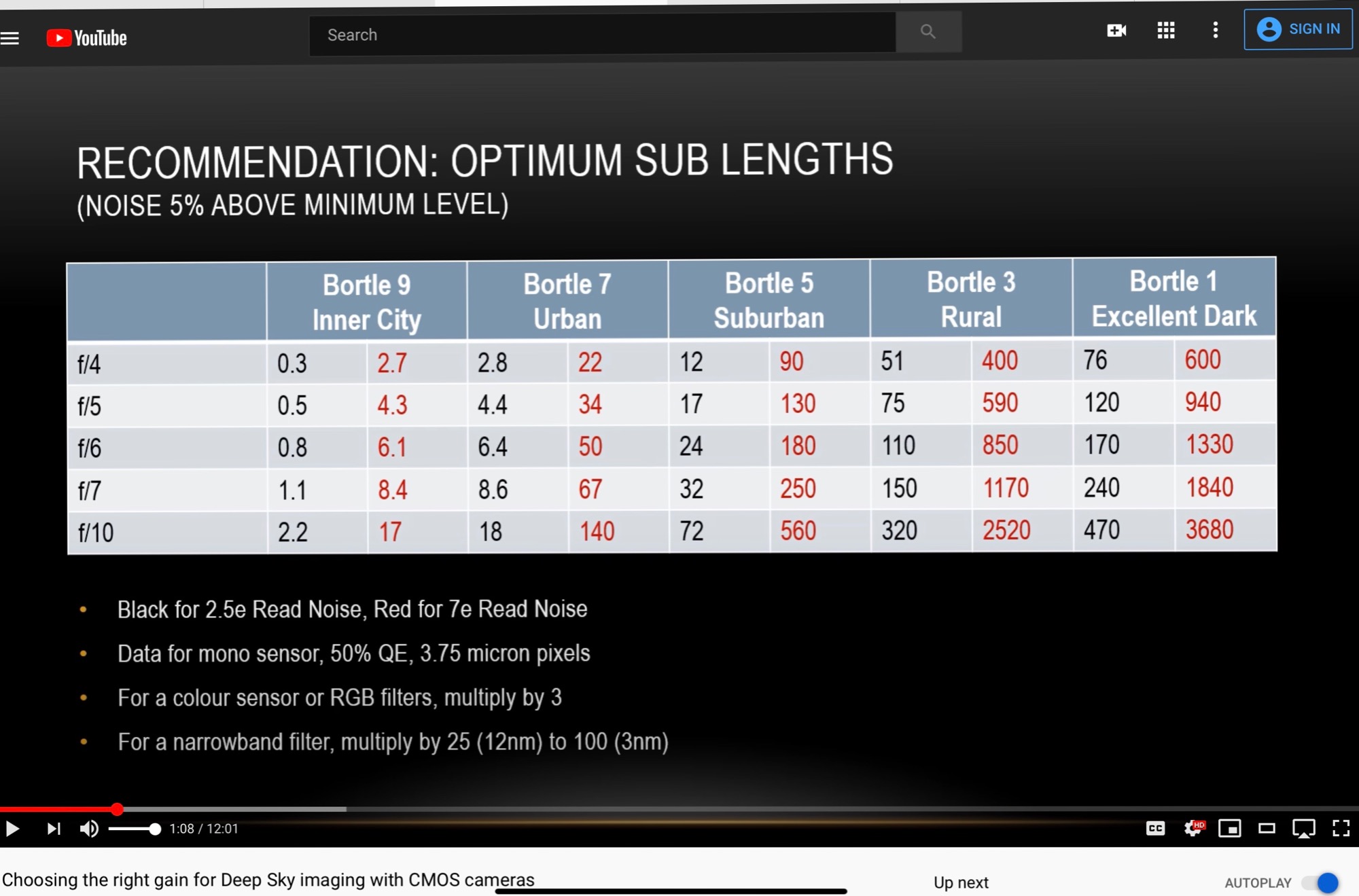INDI Library v2.0.7 is Released (01 Apr 2024)
Bi-monthly release with minor bug fixes and improvements
ASI 2600mc pro: how to set the correct sensor temperature ?
Replied by Paolo on topic ASI 2600mc pro: how to set the correct sensor temperature ?
Thanks and compliments for your nice photos posted in your profile.
Today will be a clear night without moon, so I'll take my first photos with my new camera... always if will not occur problems.
Paolo
Please Log in or Create an account to join the conversation.
Replied by Brent on topic ASI 2600mc pro: how to set the correct sensor temperature ?
Please Log in or Create an account to join the conversation.
- Wouter van Reeven
-

- Offline
- Supernova Explorer
-

- Posts: 1957
- Thank you received: 420
Replied by Wouter van Reeven on topic ASI 2600mc pro: how to set the correct sensor temperature ?
Please Log in or Create an account to join the conversation.
Replied by Paolo on topic ASI 2600mc pro: how to set the correct sensor temperature ?
So I'll use always gan 100 for better results.
Paolo
Please Log in or Create an account to join the conversation.
- Andrew Burwell
-

- Offline
- Platinum Member
-

- Posts: 527
- Thank you received: 139
Replied by Andrew Burwell on topic ASI 2600mc pro: how to set the correct sensor temperature ?
However, if you have dark skies, and want to do long subs, you're better off at gain 0 so you can use the full well capacity of the sensor. This means you won't saturate bright areas as quickly, like getting blown out stars.
Please Log in or Create an account to join the conversation.
Replied by Paolo on topic ASI 2600mc pro: how to set the correct sensor temperature ?
from my asi quick user guide i s written that using the Highest Dynamic Range setting (so with gain at zero) gives better results (as you also said) with longer exposures, but as well as with brighter (light polluted) skies.
So following this guide I'll need to use gain zero under light polluted skie... strange....
Thanks in advance!
Paolo
Please Log in or Create an account to join the conversation.
Replied by Brent on topic ASI 2600mc pro: how to set the correct sensor temperature ?
Just know that this topic has been debated at length in various threads on cloudy nights, with often a lot of disagreement , so don’t take it from me, please watch the YouTube video by dr robin glover, the developer of sharp cap, also be sure and watch the follow video on gain settings, which is linked in the description
Please Log in or Create an account to join the conversation.
- Andrew Burwell
-

- Offline
- Platinum Member
-

- Posts: 527
- Thank you received: 139
Replied by Andrew Burwell on topic ASI 2600mc pro: how to set the correct sensor temperature ?
Yesterday I stacked an image that had 1,000 frames of 60s each. It took half the day. The longest I've done was 1,600 frames which took just over 8 hours on a 8 core iMac Pro. And that's images from the ASI1600 which are only 32 MB each. The largest stack I've done with the 2600 was around 300-400 images of 2 min subs. Going to 2 minutes of course cuts the number of subs in half but I'm hitting the limit of sub length in my bortle 7 skies with that time.
Please Log in or Create an account to join the conversation.
Replied by Brent on topic ASI 2600mc pro: how to set the correct sensor temperature
I agree that a ridiculous number of subs is counter productive, but you can’t get away from the read noise change at gain 100 with this camera, so at gain 0 your total imaging time would need to increase by about 9 times Give or take to get the same faint detail than at gain 100. That is really the main point I was trying to convey by referencing robin’s talk.
Please Log in or Create an account to join the conversation.
- Wouter van Reeven
-

- Offline
- Supernova Explorer
-

- Posts: 1957
- Thank you received: 420
Replied by Wouter van Reeven on topic ASI 2600mc pro: how to set the correct sensor temperature
Please Log in or Create an account to join the conversation.
Replied by Brent on topic ASI 2600mc pro: how to set the correct sensor temperature
Please Log in or Create an account to join the conversation.
- Wouter van Reeven
-

- Offline
- Supernova Explorer
-

- Posts: 1957
- Thank you received: 420
Replied by Wouter van Reeven on topic ASI 2600mc pro: how to set the correct sensor temperature
By the way, the whole computation is done in JavaScript so someone could grab it and transform it in an offline tool
Please Log in or Create an account to join the conversation.



